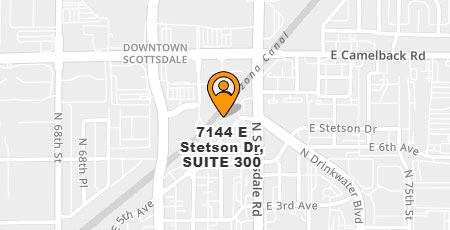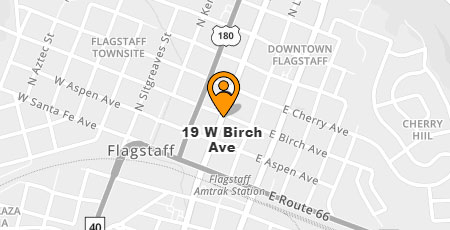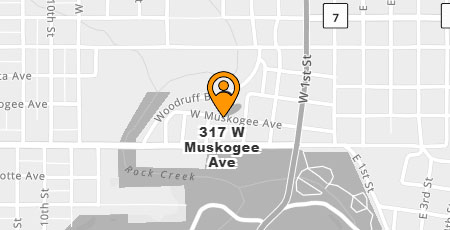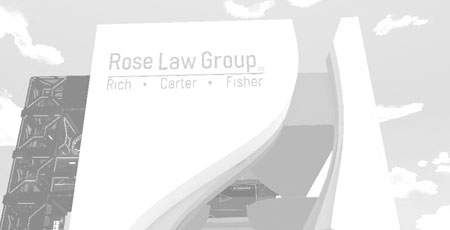
By Steve Bertoni | Forbes
Success Street in North Charleston, South Carolina, might be the most misnamed place in America, a path through a weedy, desolate neighborhood with 20% unemployment and a 40% poverty rate. Its biggest claim to fame strolls past the gritty brick apartment buildings and tumbledown bungalows on a muggy morning in late June: Timothy Scott, a local product who grew up to become the first black Republican U.S. senator in more than three decades. Joining Scott is another success story: the frenetic, peripatetic tech billionaire Sean Parker, who flew in by private jet from Los Angeles’ ritzy Holmby Hills for a personal tour of the senator’s hometown.
“I remember so many kids with amazing potential who died on the vine,” Scott says as he surveys the shuttered Chicora Elementary School, where weeds climb the walls and graying plywood shields shattered windows. “The frustration, irritation and low expectations were so pervasive here that I always wanted to make a difference.”
The opportunity zones are a bright light in our economy allowing for major investment in areas that might otherwise be overlooked.





